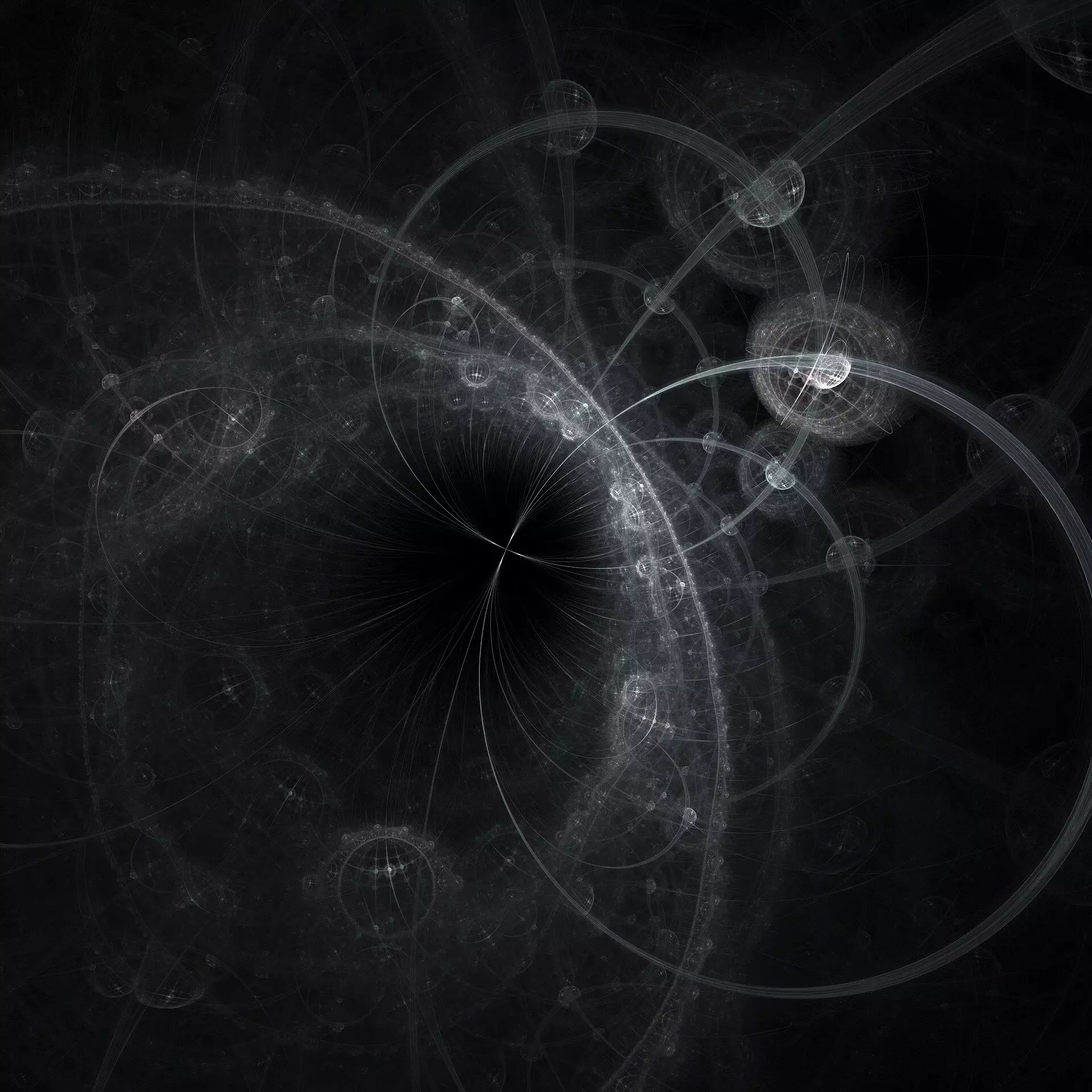The scientific community has recently made a significant leap forward, as researchers at CERN reported the experimental observation of an extraordinarily rare particle decay process. The NA62 collaboration has unveiled new insights into the interactions among fundamental particles, an area that continuously challenges our understanding of the universe. This groundbreaking discovery focuses on the decay of charged kaons (K+) into charged pions (π+) and a neutrino-antineutrino pair (ν̅). Such decay processes are predicted by the Standard Model (SM) of particle physics to occur less than once in every ten billion kaons, making this achievement all the more astounding.
Professor Cristina Lazzeroni from the University of Birmingham expressed her pride in this milestone, underscoring its importance. With this observation, the K+ decay into a pion and neutrino pair stands as the rarest decay process confirmed at a statistically significant level, a remarkable achievement denoted by the celebrated “5 sigma.” This result didn’t emerge from mere happenstance; it is the culmination of expert teamwork and meticulous experimentation that spanned years.
The rarity of kaon decays underscores the complexities of particle physics. Following high-energy collisions of protons within the CERN Super Proton Synchrotron (SPS), kaons are produced in staggering numbers—roughly one billion per second—of which only 6% are charged kaons. Despite the abundance of particles generated, capturing the subtle signal of their decay is a formidable challenge. The NA62 detector, designed specifically for this purpose, employs advanced technology to differentiate kaons from other particles and measure their decay products. However, neutrinos themselves cannot be directly measured; their presence is inferred from the missing energy they leave behind.
Challenges and Innovations
The work involved in reaching this pivotal discovery was far from trivial. The NA62 experiment has been an extensive endeavor for over a decade, requiring not only innovative technology but also rigorous data analysis methods. Professor Giuseppe Ruggiero of the University of Florence noted the fascination and complexity of studying events with probabilities as low as 10^-11. He indicated that the recent results draw from a combination of data collected between 2021 and 2022 and from earlier datasets gathered from 2016 to 2018.
A key element behind the experiment’s success during this last period was the implementation of several upgrades to the NA62 system. These enhancements allowed scientists to operate at a 30% higher beam intensity and increase the collection rate of signal candidates by 50% compared to prior efforts. Such improvements have been pivotal in refining the accuracy of the measurements while also minimizing background noise, allowing a clearer view of the elusive decay processes that reveal fundamental truths about our universe.
While the initial findings align with the SM predictions, they present arguments for new physics that might lie beyond the traditional framework. The measured fraction of kaons decaying into a pion and two neutrinos was approximately 13 in 100 billion—this value is consistent with predictions but notably higher. This discrepancy raises intriguing questions about the existence of potential new particles that could enhance these decay probabilities.
As scientists continue to collect data, the future of the NA62 collaboration looks hopeful. The ongoing research aims to either confirm the presence of new physics or refute it, potentially redefining our understanding of particle interactions in the coming years. With each measurement and analysis, researchers inch closer to answering fundamental questions about the universe’s structure and the forces governing it.
The recent findings from the NA62 collaboration not only symbolize a significant milestone in particle physics but also embody the relentless pursuit of knowledge that drives scientific inquiry. As researchers delve deeper into these complex processes, the prospects of unveiling novel phenomena continue to illuminate the intricate tapestry of the universe, beckoning scholars to explore the unknown like never before.


Leave a Reply